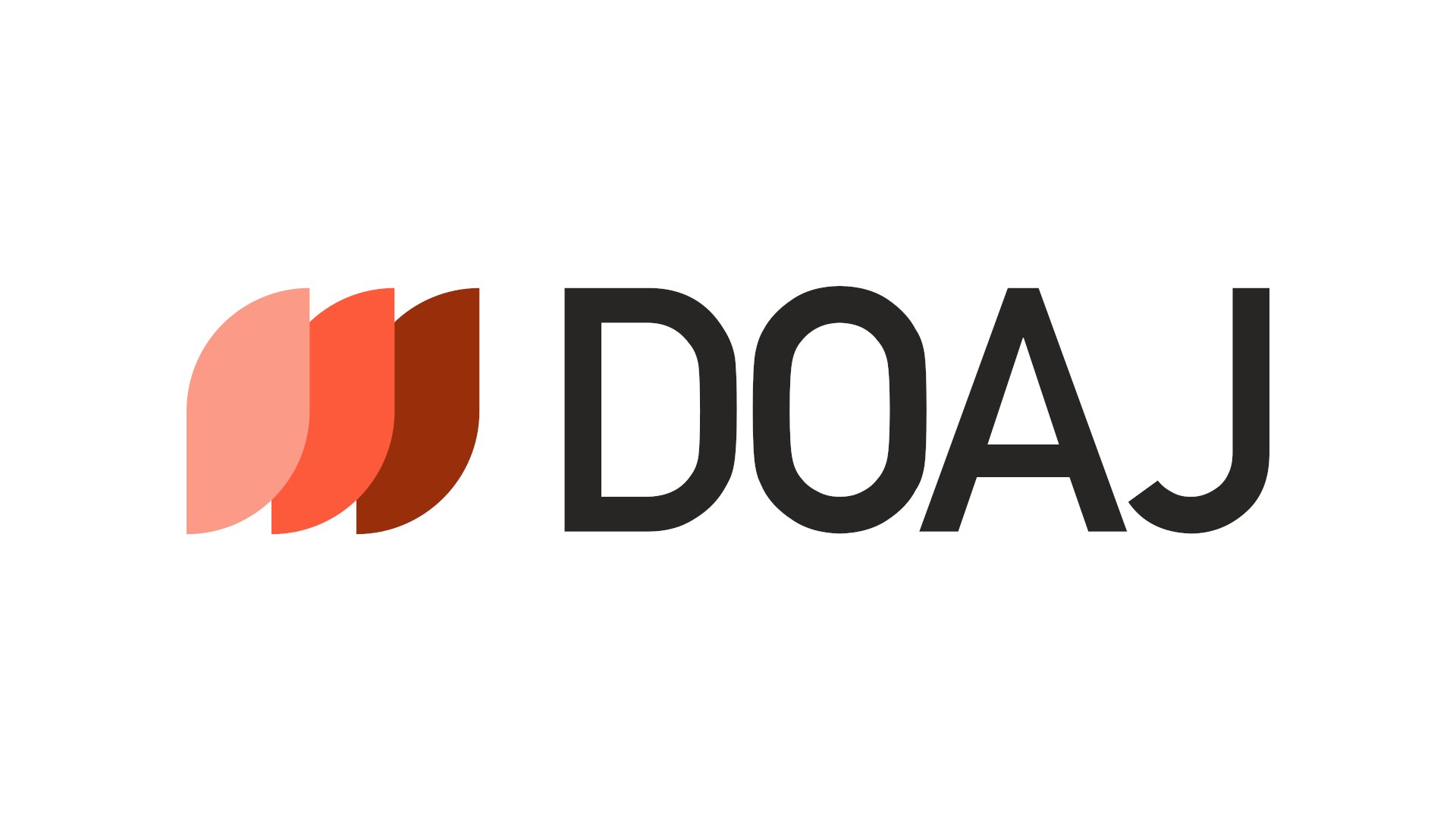Deep Learning Algorithms for IoT Based Crop Yield Optimization
DOI:
https://doi.org/10.33022/ijcs.v13i2.3846Keywords:
IoT, Deep Leaning, machine learningAbstract
Precision agriculture, with its objectives of optimizing crop yields, decreasing resource waste, and enhancing overall farm management, has emerged as a revolutionary technology in modern agricultural practices. The advent of deep learning techniques and the Internet of Things (IoT) has brought about a paradigm shift in monitoring, decision-making, and predictive analysis within the agriculture industry. This review paper investigates the relationship between deep learning, the (IoT), and agriculture, with an emphasis on how these three domains might work together to optimize crop yields through intelligent decision-making. The integration of deep learning techniques with (IoT) technology for precision agriculture is thoroughly analyzed in this study, covering recent developments, obstacles, and possible solutions. The paper investigates the role of deep learning algorithms in analyzing the vast amounts of data generated by IoT devices in agriculture. It scrutinizes various deep learning models such as convolutional neural networks (CNNs), recurrent neural networks (RNNs), and their variants applied for crop disease detection, yield prediction, weed identification, and other crucial tasks. Furthermore, this review critically examines the integration of IoT-generated data with deep learning models, highlighting the synergistic benefits in enhancing agricultural decision-making, resource allocation, and predictive analytics. This review underscores the pivotal role of IoT and deep learning techniques in revolutionizing precision agriculture. It emphasizes the need for interdisciplinary collaboration among agronomists, data scientists, and engineers to harness the full potential of these technologies for sustainable and efficient farming practices.
Published
Issue
Section
License
Copyright (c) 2024 Souzan maghdid, Prof. Dr. , farah xoshibi, soran hamad

This work is licensed under a Creative Commons Attribution-ShareAlike 4.0 International License.



